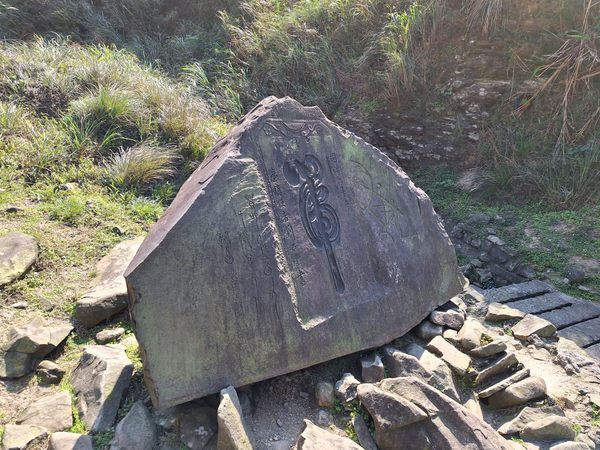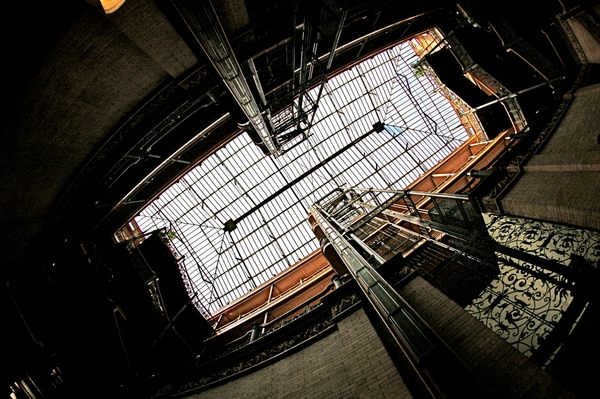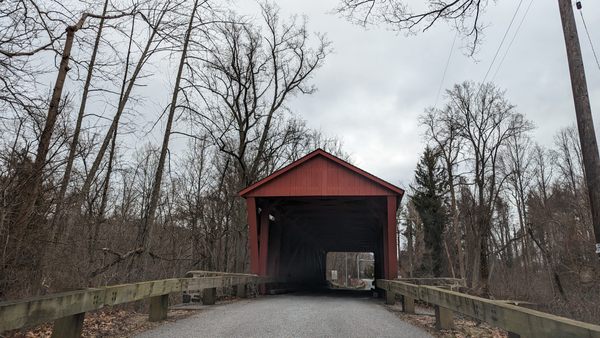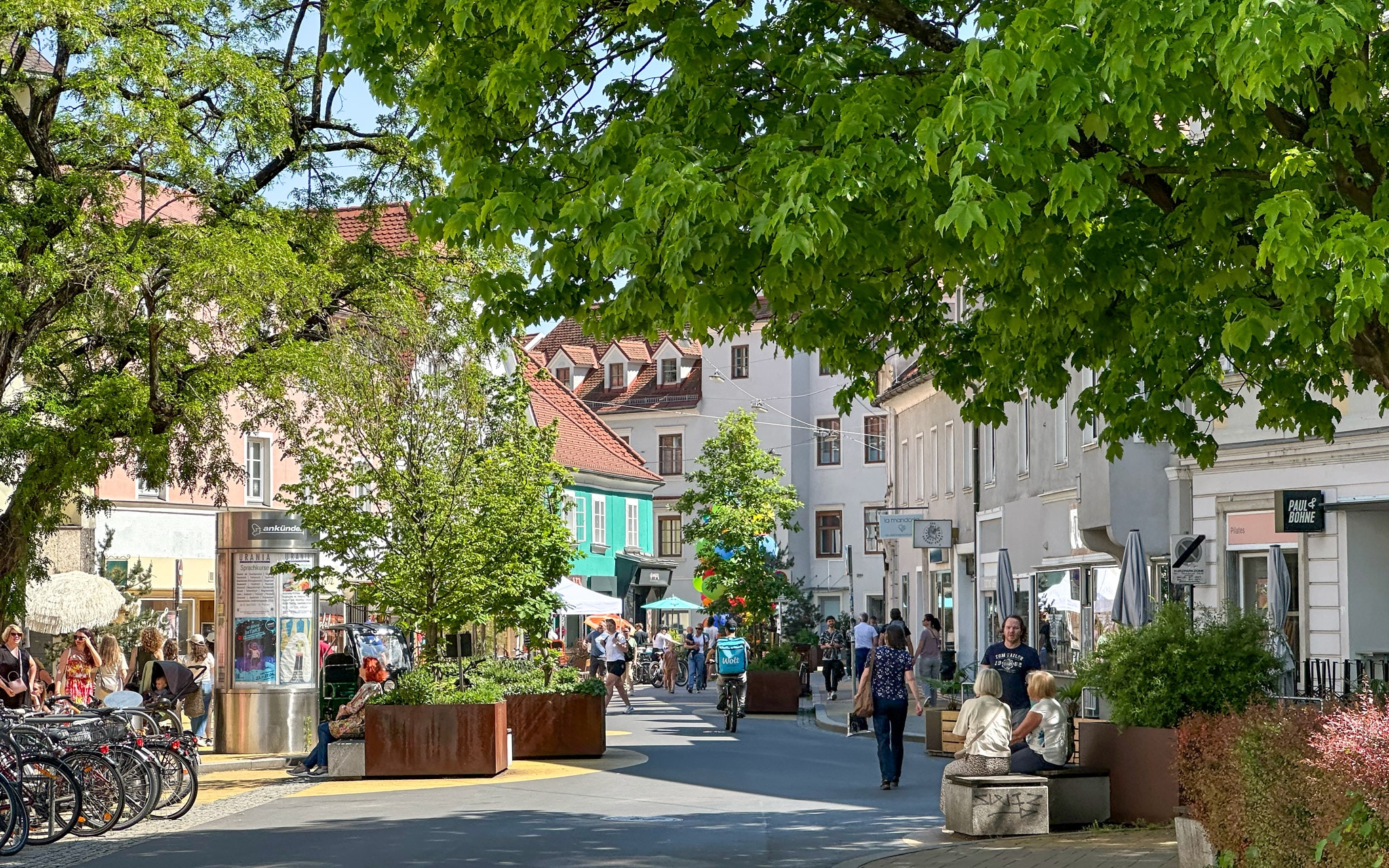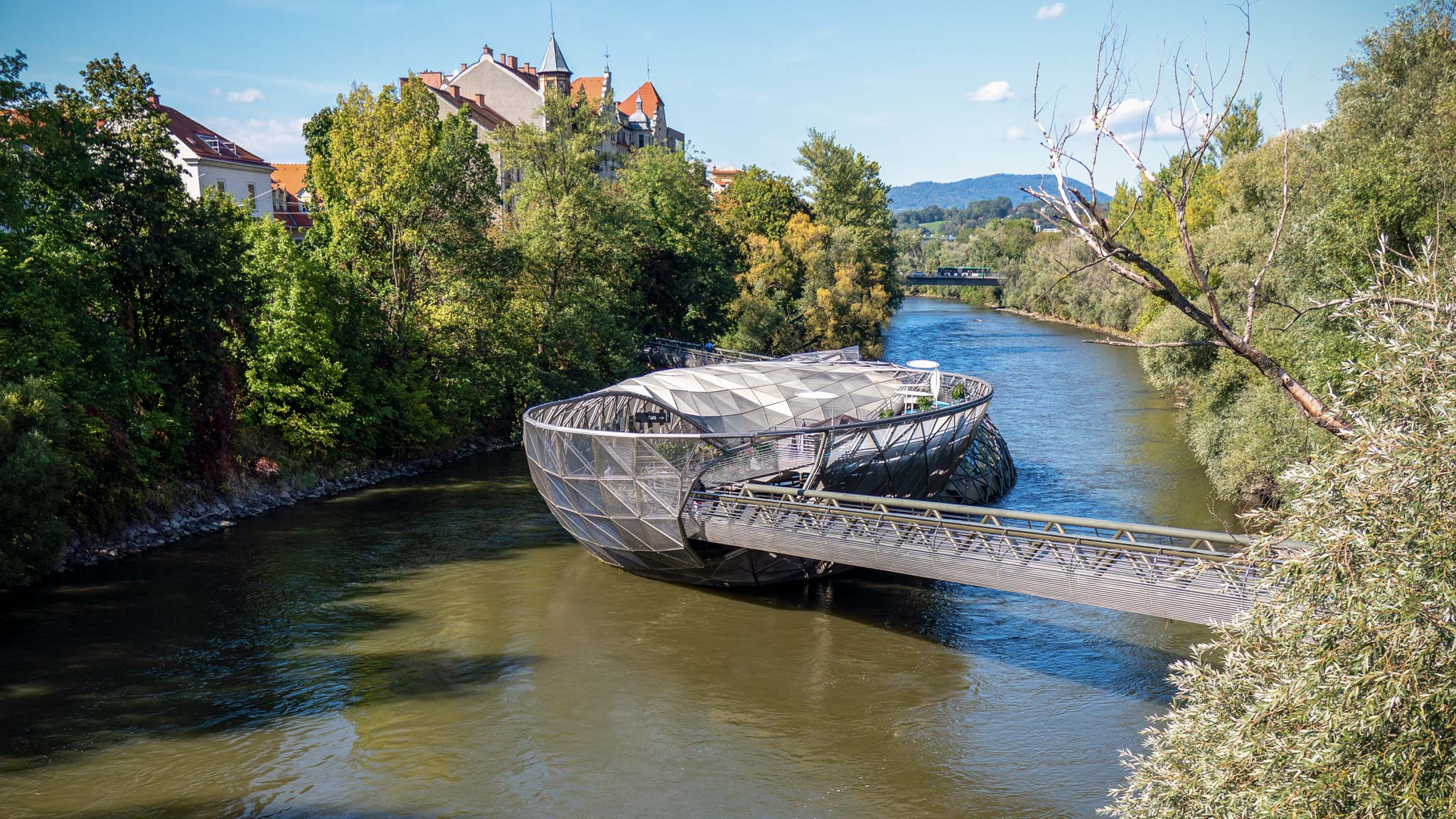Huerta Grande Estate Pilasters in Madrid, Spain
If these ancient pillars could speak, they would tell of the lives of washerwomen, tanners, and gardeners, along with the scars of the Spanish Civil War. The wall built in 1789 and the main entrance to Huerta Grande—an estate owned by Francisco Rodríguez-Campomanes, brother of King Charles III’s trusted advisor Pedro—bear witness to the estate’s history as a popular retreat. Huerta Grande was bought by Francisco in 1780 and became a retreat for Pedro, who enjoyed the orchards and gardens. After Francisco’s death, the estate passed to his descendants, but gradually declined in importance and was finally sold in 1865. It changed hands several times, but the family legacy lives on in Calle Campomanes, which adjoins the former estate in Pozuelo de Alarcón. Time has eroded much of Campomanes” heritage; heavy rains in 2010 washed away parts of Huerta Grande's fence, leaving few remnants of the estate’s past. The preservation of these remains is of fundamental importance today, as they link Pozuelo to the history of Spain in general. The main house is still intact, but the pilasters are now outside the protection zones. In February 2021, a petition was submitted to preserve these structures. Thanks to these efforts, the pilasters were saved from demolition and are now on display in a place that is closely linked to the history of Huerta Grande.


If these ancient pillars could speak, they would tell of the lives of washerwomen, tanners, and gardeners, along with the scars of the Spanish Civil War. The wall built in 1789 and the main entrance to Huerta Grande—an estate owned by Francisco Rodríguez-Campomanes, brother of King Charles III’s trusted advisor Pedro—bear witness to the estate’s history as a popular retreat.
Huerta Grande was bought by Francisco in 1780 and became a retreat for Pedro, who enjoyed the orchards and gardens. After Francisco’s death, the estate passed to his descendants, but gradually declined in importance and was finally sold in 1865. It changed hands several times, but the family legacy lives on in Calle Campomanes, which adjoins the former estate in Pozuelo de Alarcón.
Time has eroded much of Campomanes” heritage; heavy rains in 2010 washed away parts of Huerta Grande's fence, leaving few remnants of the estate’s past.
The preservation of these remains is of fundamental importance today, as they link Pozuelo to the history of Spain in general.
The main house is still intact, but the pilasters are now outside the protection zones. In February 2021, a petition was submitted to preserve these structures. Thanks to these efforts, the pilasters were saved from demolition and are now on display in a place that is closely linked to the history of Huerta Grande.




























































































































































































































